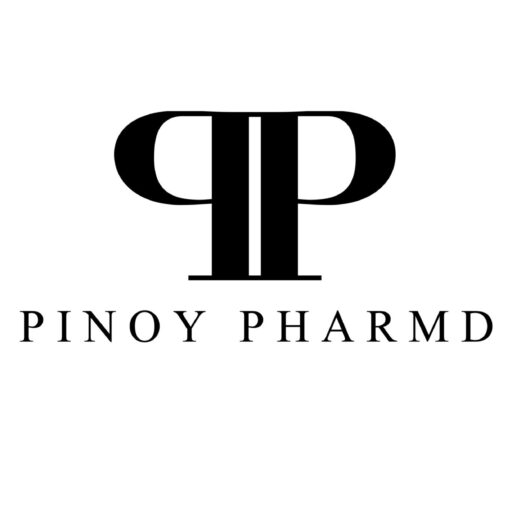
Pharmacy practice is an essential component of healthcare worldwide, but it can vary significantly across different countries. For foreign pharmacists seeking to practice in a new cultural setting, understanding the nuances of pharmacy practice and the cultural differences that may affect patient care and communication is crucial. In this blog post, we will explore some key differences in pharmacy practice between the United States and the Philippines, shedding light on the importance of cultural awareness for foreign pharmacists.
Regulatory Framework: One of the primary differences between pharmacy practice in the United States and the Philippines lies in the regulatory framework. The United States has a robust system in place, with licensure requirements, strict drug control measures, and the role of pharmacists expanding to include clinical services. On the other hand, the Philippines follows a more traditional model, where the emphasis is primarily on dispensing medications rather than providing comprehensive pharmaceutical care.
Foreign pharmacists planning to practice in the United States should familiarize themselves with the state-specific licensure requirements, continuing education programs, and legal obligations.
Patient Care and Communication: Cultural differences can significantly impact patient care and communication in pharmacy practice. In the United States, patient autonomy and shared decision-making are key aspects of healthcare. Pharmacists are expected to actively engage with patients, provide counseling, and address their concerns. Respect for patient privacy and confidentiality is also highly valued.
In contrast, the Philippines places a strong emphasis on family values and collective decision-making. Patients often consult their families before making healthcare choices. Foreign pharmacists working in the Philippines should be sensitive to the involvement of family members in the decision-making process and adapt their communication style accordingly.
Language and Communication: Language plays a crucial role in effective patient-pharmacist communication. In the United States, the predominant language of communication is English. However, foreign pharmacists should be aware of the diverse cultural and linguistic backgrounds of patients. Culturally appropriate communication, including the use of interpreters when necessary, can help bridge any language barriers and ensure accurate understanding of medication instructions.
In the Philippines, while English is widely spoken, local languages such as Tagalog, Cebuano, and Ilocano are commonly used. Pharmacists with limited proficiency in these languages should consider collaborating with bilingual colleagues or utilizing translation resources to ensure effective communication with patients.
Medication Use Practices: Differences in medication use practices also exist between the United States and the Philippines. For example, in the United States, medication adherence is crucial, and pharmacists often play an active role in educating patients about proper medication use, potential side effects, and drug interactions. Pharmaceutical care services, such as medication therapy management, are integral to optimizing patient outcomes.
In the Philippines, there may be cultural beliefs and practices that influence medication use. Traditional remedies and herbal medicines are often used alongside or as alternatives to conventional treatments. Understanding these cultural practices can enable foreign pharmacists to provide appropriate advice and counseling while respecting patients’ beliefs and preferences.
In conclusion, Cultural differences significantly shape pharmacy practice, impacting patient care and communication. Foreign pharmacists planning to practice in a new cultural setting, such as the United States or the Philippines, should actively seek cultural awareness and understanding to provide effective pharmaceutical care. By recognizing and adapting to these differences, foreign pharmacists can bridge cultural gaps, foster meaningful patient relationships, and contribute to positive healthcare outcomes.
Disclaimer: Pharmacy practice and cultural dynamics are subject to change over time, and it is advisable to consult current sources and professionals in the field to obtain the most up-to-date and accurate information. This blog post serves as a general overview and starting point for understanding cultural differences in pharmacy practice but may not fully reflect the current landscape in the Philippines or other countries.




